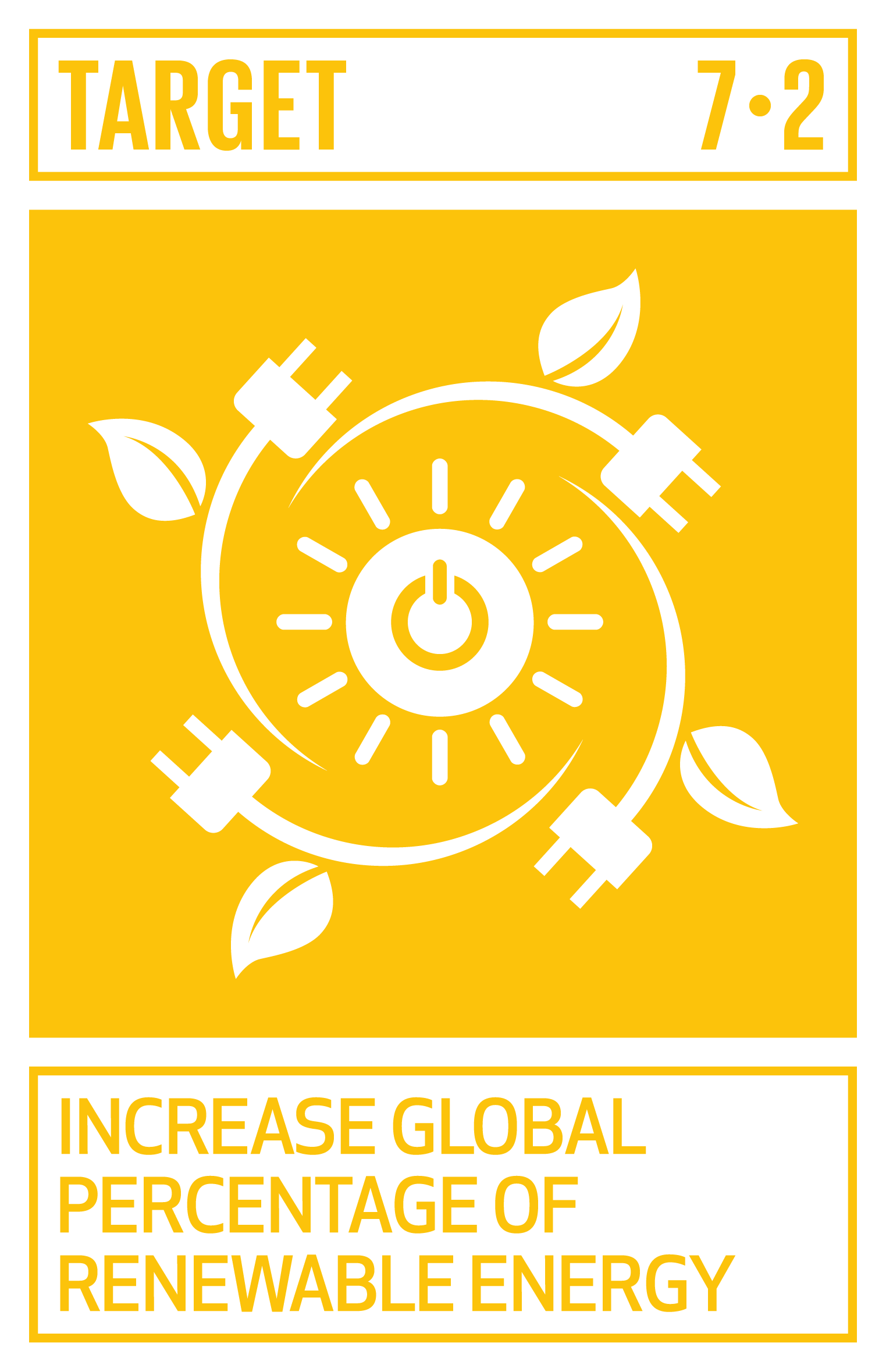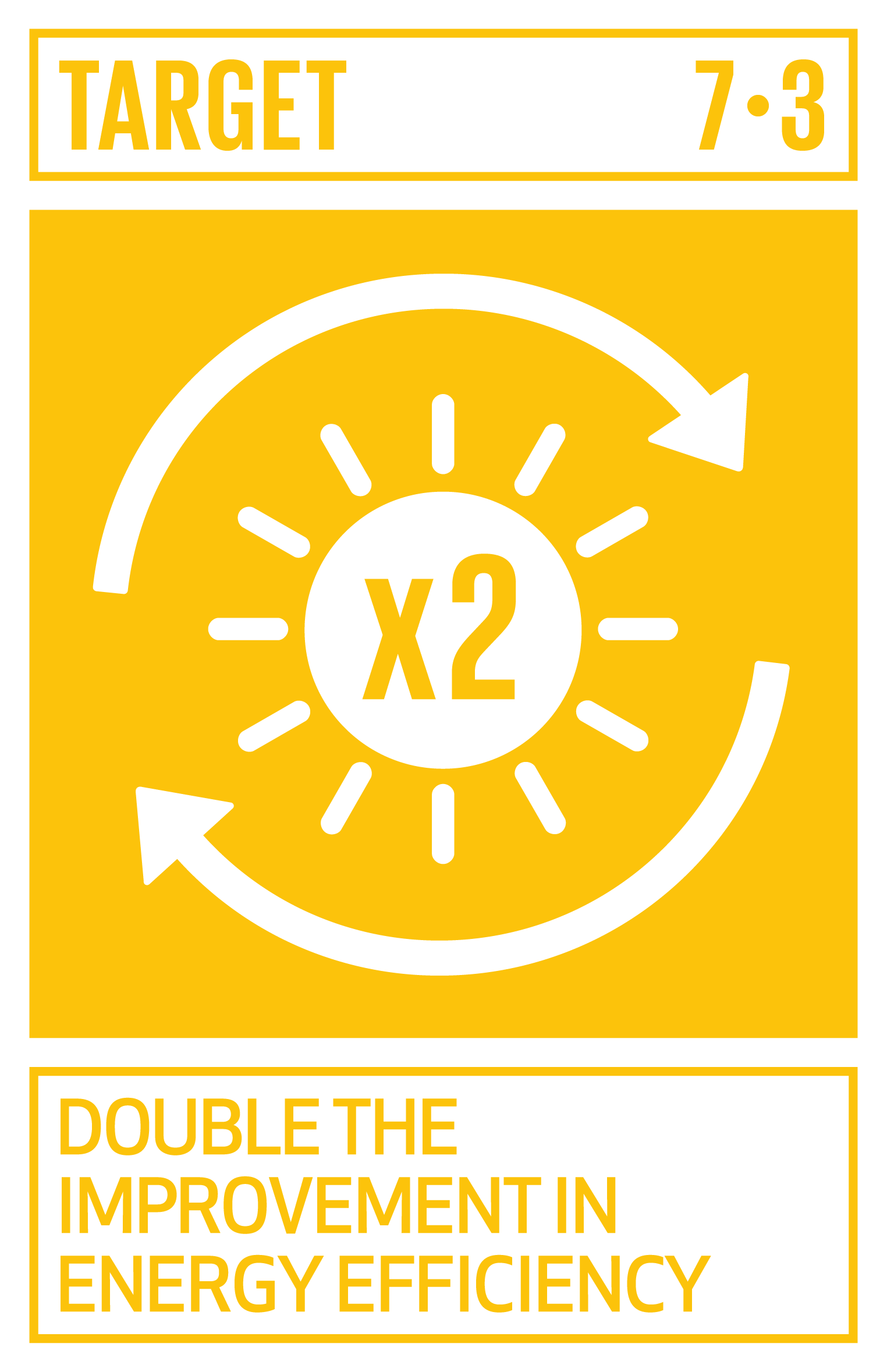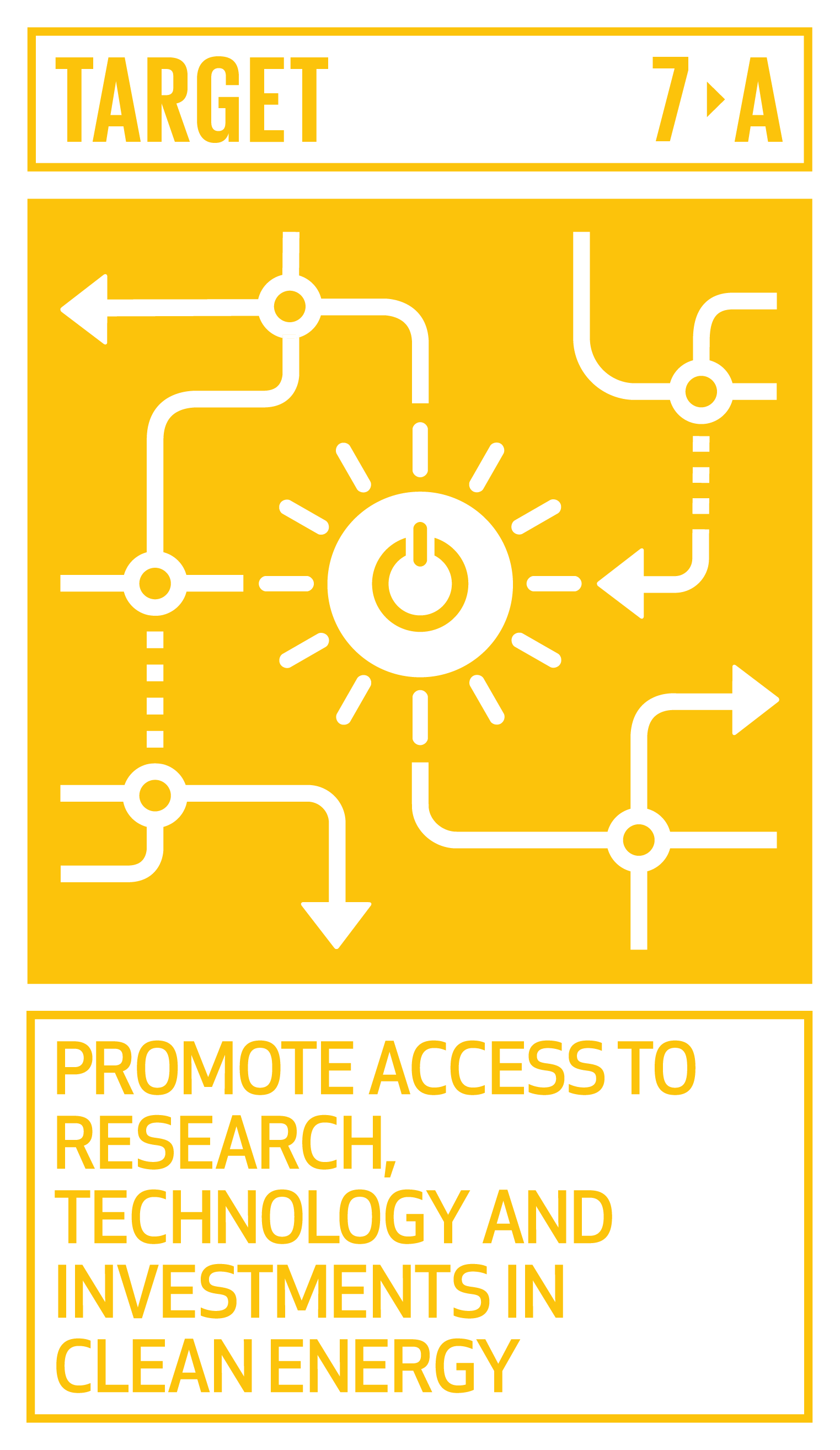Global Goal: Renewable energy solutions are becoming cheaper, more reliable and more efficient every day. Our current reliance on fossil fuels is unsustainable and harmful to the planet, which is why we have to change the way we produce and consume energy. Implementing these new energy solutions as fast as possible is essential to counter climate change, one of the biggest threats to our own survival. Source: Global Goals.org
Canada’s Response:
For Canada, the 2030 Agenda goal 3 is: Ensure access to affordable, reliable, sustainable and modern energy for all. Source: Towards Canada’s 2030 Agenda. There are a number of actions, measures and many indicators.
The Federal Sustainable Development Strategy is for all Canadians to have access to affordable, reliable and sustainable energy. By 2030, 90% and in the long term, 100% of Canada’s electricity is generated from renewable and non-emitting sources.
In British Columbia, close to 95% of BC's electricity is generated from renewables. Its renewable capacity is more than 16 000 MW, representing approximately 90% of total installed capacity. Hydro remains the most important source of power generation, followed by biomass, natural gas, wind, and oil. While this is one of the goals Canada scores high on compared to other countries, according to the 2021 Sustainable Development Report, Canada has significant challenges ahead to move the bar further towards its targets.
How are actions within our biosphere region contributing toward these goals?
Hydroelectric power
With the exception of some residents who have recreational cabins living “off the grid”, all homes in the Biosphere Region have access to hydroelectricity. Many homes are generating power through solar which is an affordable option after the initial investment. BC enjoys a stable supply of renewable energy, and rates are second lowest next to Quebec. Energy efficiency however is still an issue for many homeowners facing high hydro bills and hydroelectric dams are not without their environmental impacts.
Below are the UN SDG 7 targets that are relevant to our region. Click here to view all the SDG 7 targets.
What more can we be doing or are we on track? We want to hear from you.
In developing a management plan for the Átl’ka7tsem/Howe Sound UNESCO Biosphere Region, we are assessing where we are in our collective vision of Life on Land in the Átl’ka7tsem/Howe Sound region for 2030, and setting priority goals and objectives. Read more here about the Nchu’ú7mut/Unity Plan.
You can submit your comments via our online form.







